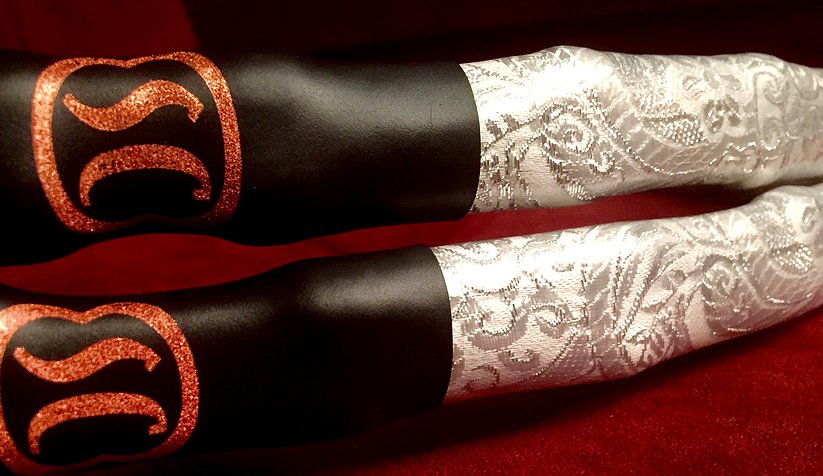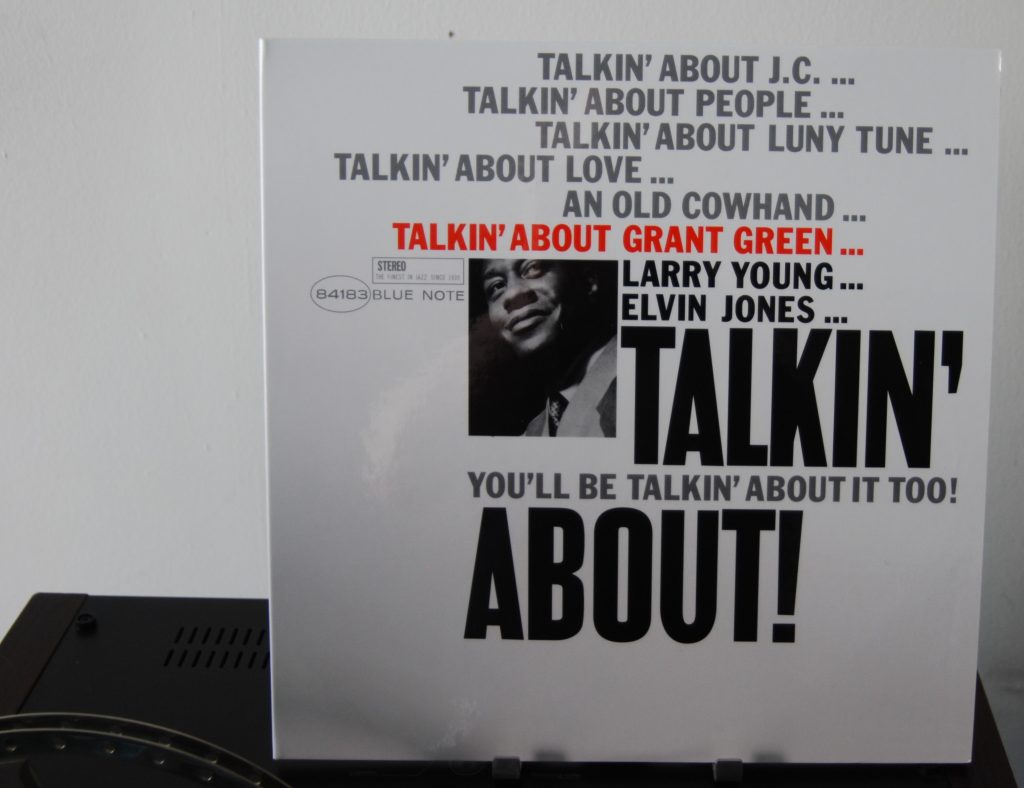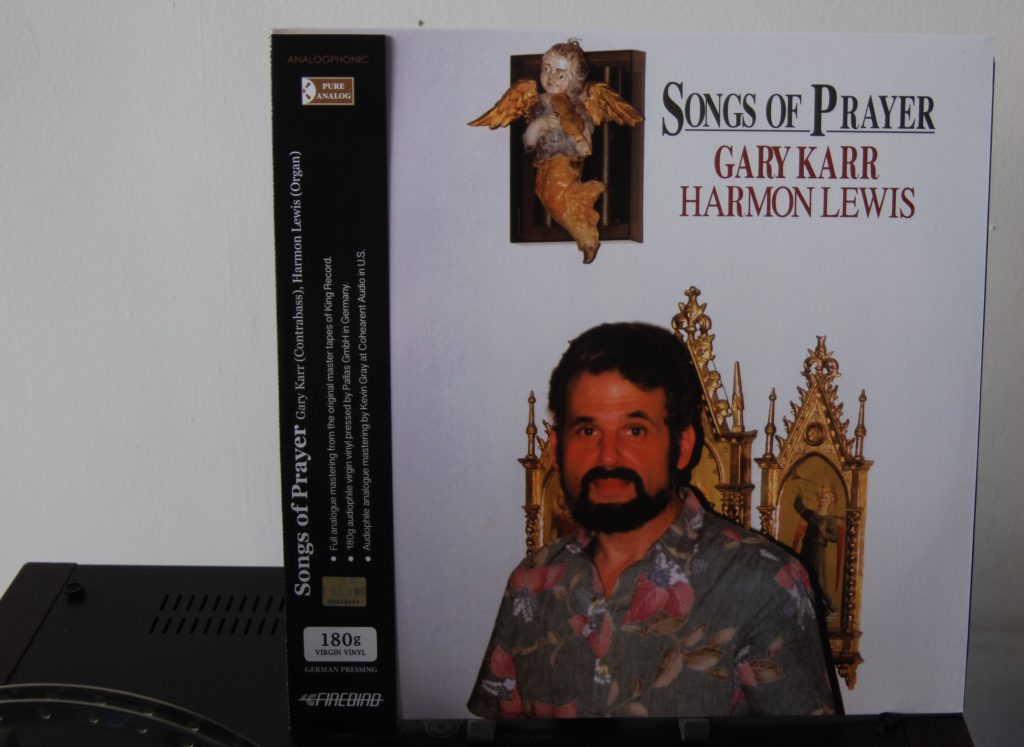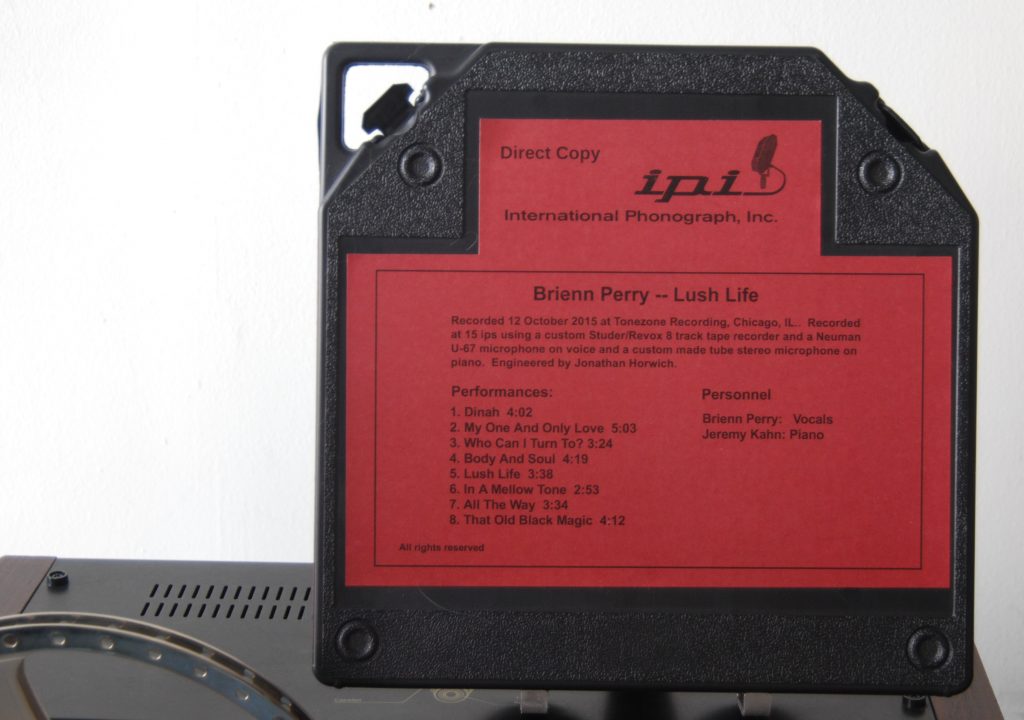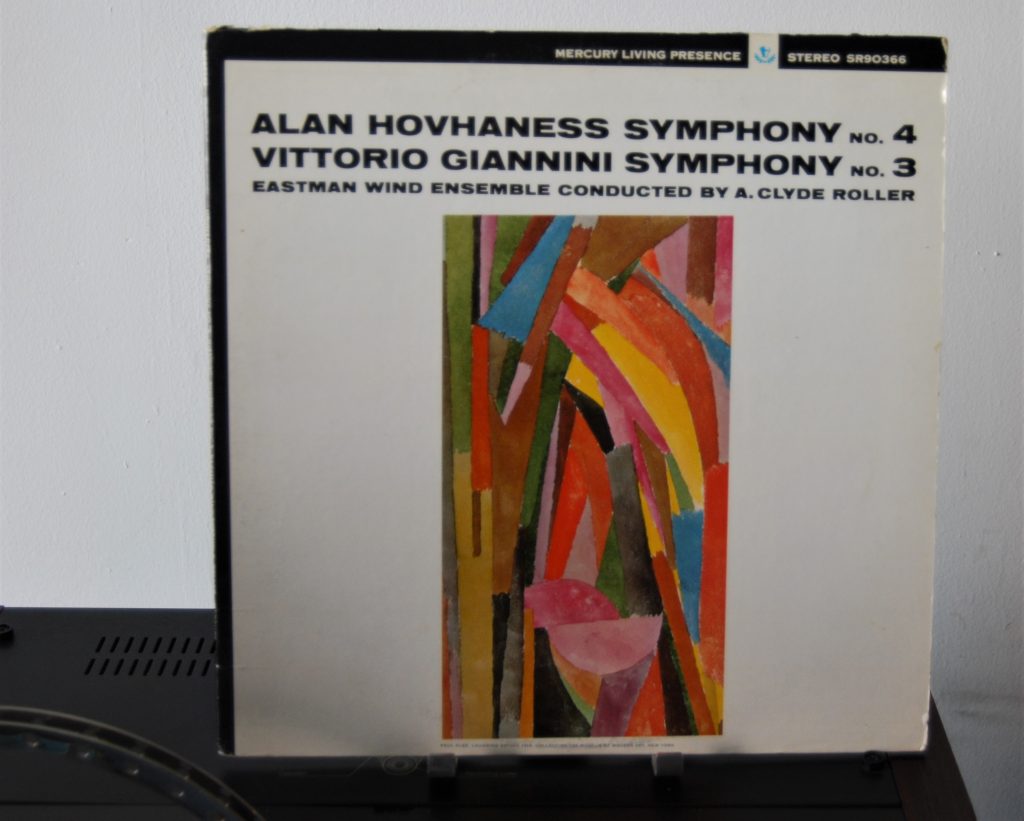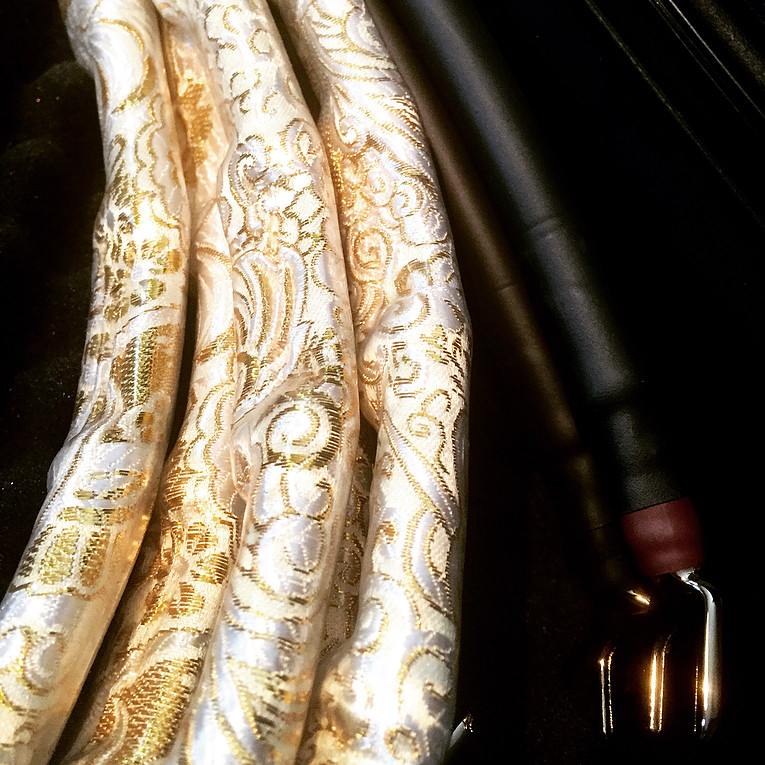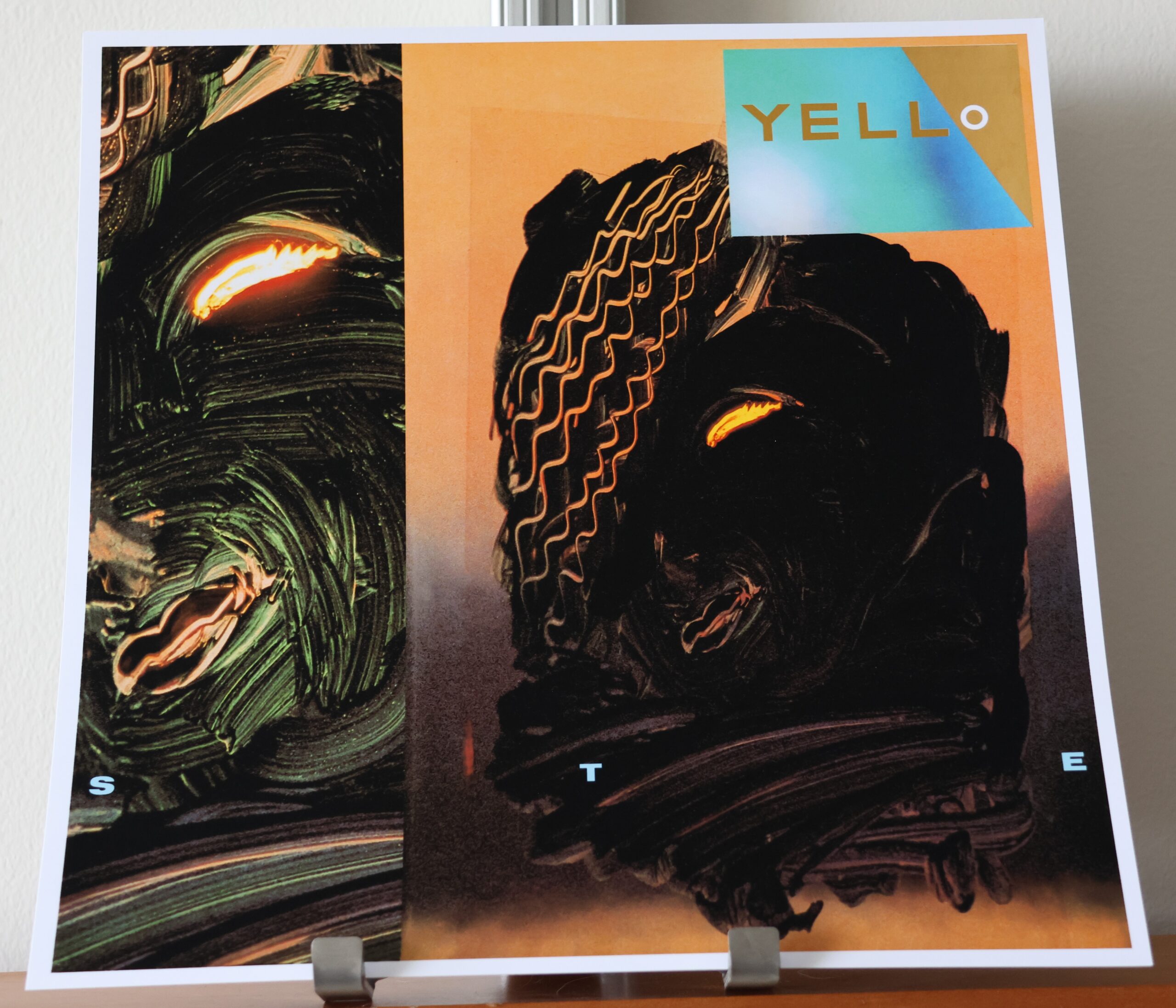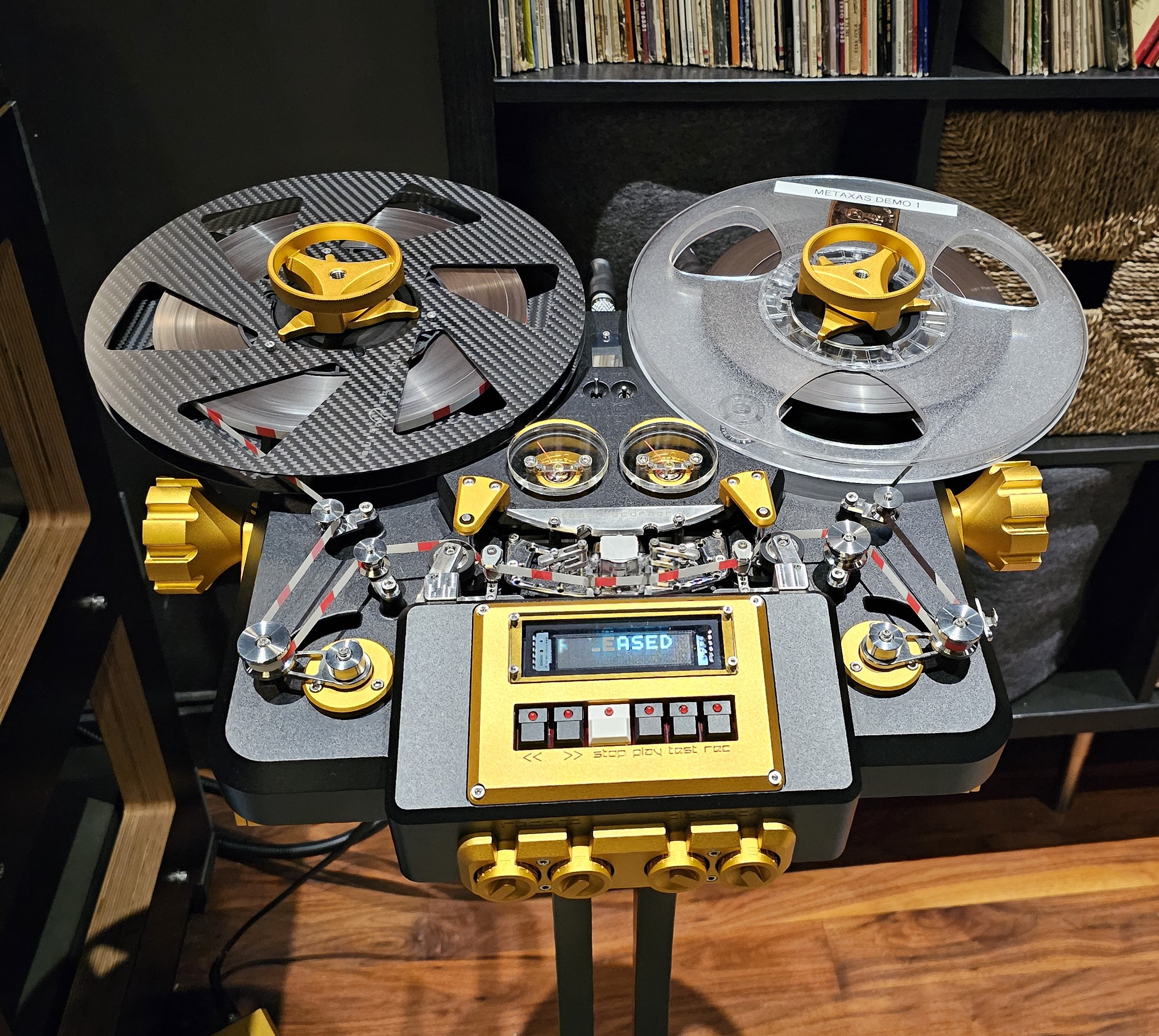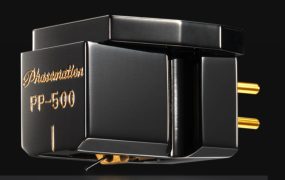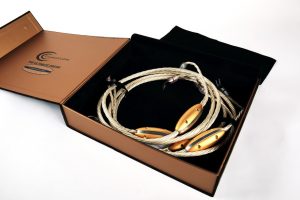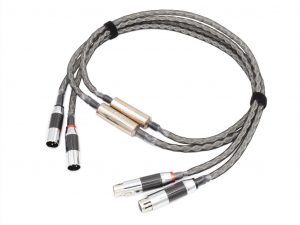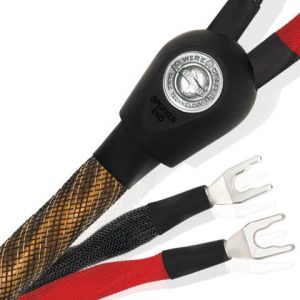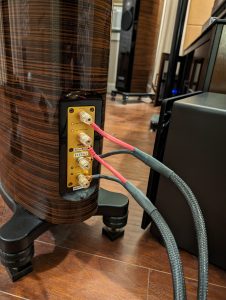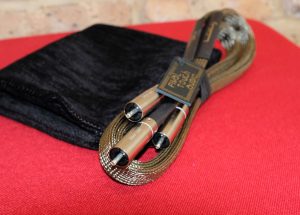It's patently clear after countless years of reviewing that cables can—and often do—make or break the sound of better audio systems. Enter the Skogrand Beethoven speaker cables originally reviewed in Issue 75 of Positive Feedback (HERE). In the end—even with my patience being tested by the Beethoven's long burn-in time—the speaker cables truly excelled when it came to transparency, quietness between notes, low octave extension and detail and soundstaging and imaging. "In short," I wrote, "the SC Beethoven speaker cables do what the best cables should do: be seen and not heard."
Now there's no question that it's preferable to review a complete cable loom from one manufacturer. At least as a starting point. The original Skogrand Beethoven interconnect's stiffness, however, precluded that from happening. Knut listened to my (and I'm sure customers, too) feedback and sent along after the publication of the Beethoven speaker cable review some newer and more flexible revised interconnects. These revised interconnects don't stress the RCA jacks like the earlier edition Beethoven interconnects; still don't expect to make any sharp bends (and maybe leave a little extra length to account for the cable's flexibility).
Time for a mea culpa. The interconnect cables sat there for too long because of an (unfounded) phobia that an entire loom of the Beethoven cables might turn out to be too much of a good thing. You know. Too much is as bad as too little. And the resultant sound would be too clean and analytical.
That fear proved clearly unfounded. Rather than adding character to the sound, the Skogrand Beethoven interconnects and speaker cables simply disappeared and allowed even more information to flow through the system. Take note though. The Skogrand Beethoven cables aren't for audiophiles who use interconnects and speaker cables (and power cords, etc.) as tone controls. They are for, however, the audiophile whose goal is getting the most out of their components (and monetary investment) and bringing their system as close as possible to the sound of real music.
Snow White Purity
High-end audio is quietly undergoing a revolution. A revolutionary reduction in the noise floor of the better audio systems. Electronics. Speakers. Sources. AC line. Cables. Component isolation. Acoustical. They all factor into the equation. When everything is optimized there's simply less (non-linear?) masking of the music and more of those low level nuances and cues that bring the music to life. Those qualities that audiophiles aspire to and treasure.
That brings us to the topic of the Skogrand cables. The Beethoven interconnect and speaker cable's sound is defined by its vanishingly low noise floor and transparency. A system capable of when wired with the Skogrand cables from the phonostage to speakers (or preamplifier to amplifier in the case of reel-to-reel) incredible delicacy, astonishing resolution and a "Snow White" purity. Not unlike looking through a freshly Windexed plate glass window into the soundstage. But neither are the Skogrand Beethovens reminiscent of those 1980 CD players with a squeaky clean, bleached, washed out or bright sound. No siree. The Skogrand cables don't darken or brighten the sound. They simply permit the system to strut its stuff and allow the listener to hear into and connect with the music more than many cables on the market. The pluck of a string or decay of an instrument. An all enveloping sense of the hall. An ability to project the sound. In the end, transforming the source from a mere recording into a musical event.
That sense of transparency noted in the earlier speaker cable review also extends to the silence between the notes. Yes, the Skogrand cables allow the inherent musical rhythms to come to the forefront and for the music to breath naturally. The Atlas SL cartridge gives a bit more of the leading edge of the waveform while the van den Hul Colibri Signature Stradivarius XGW captures a little more of the decay of the notes. (More on the new top-of-the-line van den Hul cartridge in an upcoming review). Yet it is an injustice to these fine cables just talking about their ability to reproduce the silence between the notes. There might be an even more important quality that they possess. That is the Skogrand's ability to reproduce the music's constantly changing direction as the musician moves rapidly up and down the scale. Take for example the "Round About Midnight" cut from the original Jeton direct-to-Disc Moonlight Serenade (Jeton 100 3315). The Skogrands have a rare ability to resolve Almeida playing a note higher, lower or the same as the previous note. A note that adds tension or a note that resolves the tension. Even some more technical things such as Grant Green doing some of his classic hammer downs on "I'm An Old Cowhand" from Talking About (Music Matters Jazz MMBST-84183 45 rpm) is more easily appreciated.
Another strength of the Skogrand Beethoven cable's is their even balance and extension from the top-to-the bottom of the audio spectrum. The cables let you know whether (or not) the system is performing up to snuff. Still one area where the Skogrands really stands out is in the low end. Don't believe me? Throw an album like the amazing Kevin Gray remaster of Gary Karr's Songs of Prayer (Analogphonic/King Records CNLR 1338) on the turntable. This album challenges the playback capabilities of most, if not all, systems to maintain the proper physical proportion between the double bass and organ, not exaggerate the size of the double bass, move air when necessary and reproduce the warm and rich sound of Karr's 1611 Amati bass fiddle among other things. And the Skogrands pass those tests with flying colors. Take the cut "When You Wish Upon A Star" where the cables in combination with conrad-johnson's newest state-of-the-art ART300 amplifiers allow the Magico S5 Mk.2 to move prodigious amounts of air. At the same time, the Skogrand cables really capture the feeling of the bow moving across the strings and the rich tone of Karr's double bass. This remastering will rattle the rafters if your system is up to it!
The other end of the audio spectrum is very open without being fatiguing or feeling like a drill is going into your head. But neither will these cables hide flaws in the recording. The 45 rpm reissue of the early 1957 Verve recording Stan Meets Chet (Verve/ORG 014) sounds quite good but the Beethoven's won't hide the issues with the recording of the cymbals.
Nor will the Skogrand cables limit the performance of the components around them. It's immediately apparent if one cartridge has a slightly smoother midrange than another. It's immediately apparent if one amplifier has better bass than another. It's immediately apparent if one phonostage fleshes out the midrange slightly more than another. Each and every little nuance and detail is revealed without artificial enhancement. What stands out the most here, however, is the Skogrand's midrange dynamics. Take here International Phonograph Inc.'s 15-ips, 2-track, second generation tape copy of Brienn Perry's Lush Life (IPI., Direct copy). Along with Perry's rich and resonant vocals comes an amazing sense of unfettered dynamics and presence on the cut "Body and Soul."
Soundstaging and imaging often separates the men from the boys and once again the Skogrands demonstrate their pedigree. The Skogrand cables allow instruments to float untethered surrounded by a cushion of air in real space. A seemingly unlimited and huge soundstage that easily reveals differences between products. Take for instance cartridges. No transducer reviewed over the past three years came come close to the Lyra Atlas or Atlas SL. Without tipping my hand (before the review is published), there's a new sheriff in town when it comes to soundstaging and it's the van den Hul Colibri Signature XGW cartridge. That difference between the Atlas SL and van den Hul Colibri Signature Stradivarius XGW was blown wide open by the Skogrand cables. A bit wider and a sizeable improvement in depth on the best classical recordings such as the early '60s Mercury recording of Hovhaness' Symphony #4 (Mercury SR 90366). The system demonstrates on the Hovhaness album—and coupled with the best front-end sources—that rare ability to reach out and envelope the listener in the soundfield.
Finally, no product is perfect. One area where the Skogrands fall slightly short of ultimate is in the upper midrange. Here the cables display the ever-so slightest illumination and lack of ease in the upper midrange area.
Audio Cables Come of Age
There's been a marked improvement in the performance of audio interconnect and speaker cables—at all price points—over the last couple of years. It wasn't so long ago that buying audio cables came down to choosing between the lesser of two evils. A choice not necessarily dictated by the cable's strengths but its weaknesses. Audiophiles thankfully no longer face this type of decision.
No, the Skogrand Beethovens aren't cheap but this handmade cable really delivers the goods and is truly a reference level cable. These cables definitely belong atop all top flight high-end audio system owner's audition list! Combining the Skogrand Beethoven interconnects with the company's speaker cables does nothing to change my previous observation that these, "cables fulfill their duty being seen and not heard." The Beethoven's impart little character of their own character into the music and simply allow the rest of the components in the system to blossom and strut their stuff. After all, you wouldn't hire the Vienna Philharmonic and have them play in a high school auditorium. Why should your stereo system be any different?
Technical Highlights
Both the interconnect and speaker cables are built in-house from the ground up starting with the bare copper wire up to completion. A pair of speaker and interconnect cables take according to Knut eleven and twelve full days, respectively, to build. The interconnect and speaker cable designs are very similar with the main differences between the two being: 1) the interconnect is 24 AWG and the speaker cables 12 AWG; 2) the speaker cables wires run in parallel floating in the air while interconnect's wires float in air twisting around each other and 3) the speaker cable isn't shielded (designer Knut adds nor is there any reason for speaker cables to be shielded) while the interconnect employs several layers of shielding. Both speaker and interconnects are relatively stiff so don't expect to make any sharp bends in either (especially the speaker cable). In addition, the interconnect and speaker cables undergo x-ray scanning to ensure there is only one grain in each batch of drawn copper that Skogrand purchases (70-100 meters for each cable run).
The Skogrand cable specifications:
Beethoven speaker cables
- Air dielectric, conductors float in air all the way throughout the cable length making it the only true air dielectric construct on the market
- Conductors: 4 x 12AWG UPOCC solid-core copper wires. All wires matched for exact similarity of size and performance and scanned to eliminate any grain borders ensuring that every wire length of each cable consists of only one copper crystal
- Ultra-low K PFA material inner framework components; all inner framework materials scanned and freed from impurities
- 4.45 times higher dielectric strength and less stored static charge
- Slightly increased flexibility to ease handling
- 24k gold plated OFC copper connectors. Spades/saw tooth bananas/speakon connectors optional or bare unterminated wires
Beethoven interconnect cables
- Air dielectric
- Conductors: 4 x 24 AWG Ohno Continuous Cast Copper (OCC) solid-core pure copper wires in twisted pair arrangement with 4 mm wire spacing
- 100% coverage tinned copper and woven metal fabric shield; air dielectric construction maintained by suspending conductor
- PFA framework construction
- Crosslinked Polyolefin heatshrink
- Silk sleeves
- RCA connectors: Rhodium-plated OCC center pin, copper alloy rhodium-plated body, non-magnetic housing.
- Rhodium plated XLR connectors
Skogrand Beethoven Interconnect and Speaker cables
Retail: Speaker and Interconnect cables, $22K for 2 meter length
Skogrand




